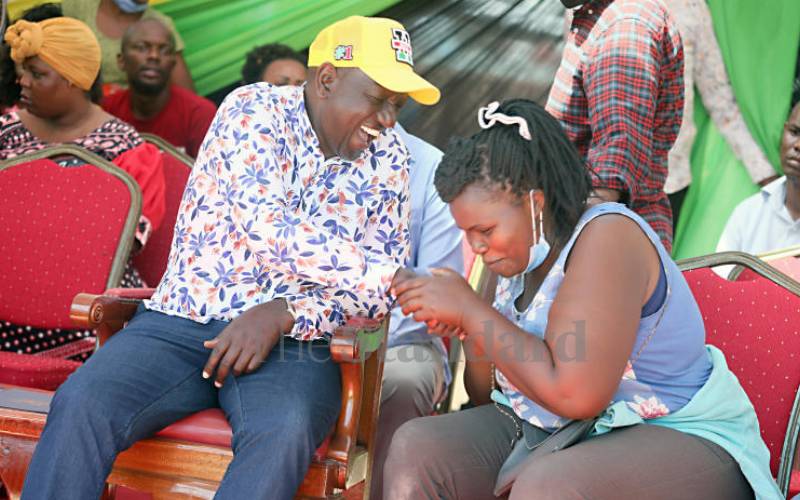×
The Standard e-Paper
Home To Bold Columnists

DP William Ruto (left) share jokes with one of his supporters during a rally at Allidina, Jomvu, in Mombasa County. [Omondi Onyango, Standard]
Friday’s mammoth crowds witnessed in his Eldoret town home turf according a hero’s welcome to ODM leader Raila Odinga – one of his key political rivals – notwithstanding, Deputy President William Ruto has a lot to smile about over the past week.